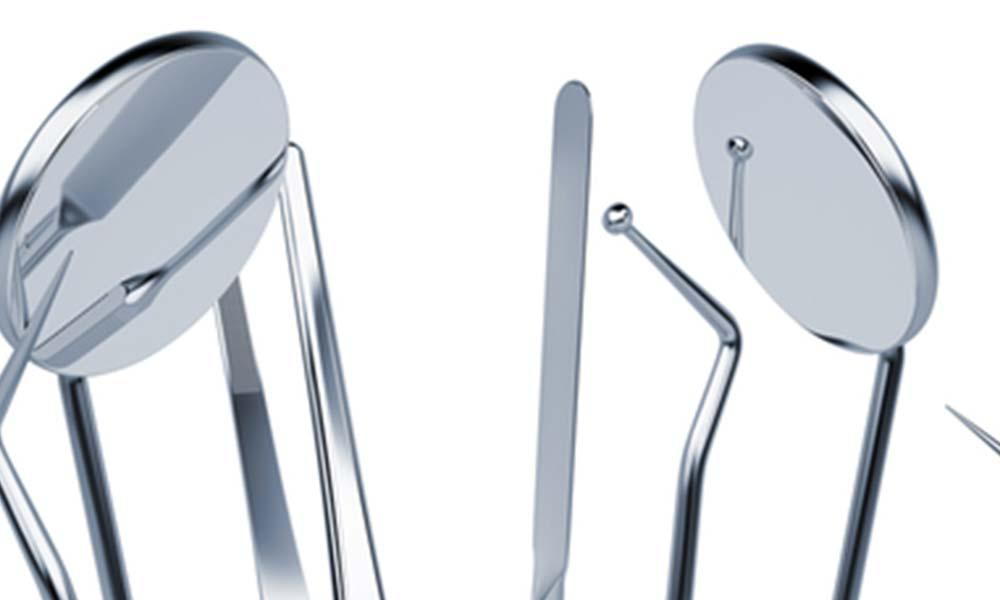
Types of Tissue grafts
If you've recently been told by your dentist or gum doctor (periodontist) that you need a gum graft, don't panic. Gum surgery sounds worse than it is. A gum graft may be necessary to protect your teeth from the damaging effects of gum recession, or you may choose to have one to improve the appearance of your smile.
Gum recession is the process in which the margin of the tissue that surrounds the teeth wears away in a direction toward the end of the root, exposing more of the tooth. This can cause damage to supporting bone. It is a common dental problem -- advanced gum disease affects 4% to 12% of adults -- that often goes unnoticed until it becomes more severe.
Many people don't even notice that their gums have receded since it is a gradual process. However, over time, an exposed tooth root can not only look ugly, but can cause tooth sensitivity, especially when eating cold or hot foods. Eventually, gum recession, if not treated, can cause tooth loss. To repair the damage and prevent further dental problems, a gum tissue graft may be needed.
Four different types of gum tissue grafts are typically performed. Which type your doctor uses on you will depend on your specific needs. The graft procedures include:
Connective-tissue grafts. This is the most common method used to treat root exposure. During the procedure, a flap of skin is cut at the roof of your mouth (palate) and tissue from under the flap, called subepithelial connective tissue, is removed and then stitched to the gum tissue surrounding the exposed root. After the connective tissue -- the graft -- has been removed from under the flap, the flap is stitched back down.
Free gingival grafts. Similar to a connective-tissue graft, free gingival grafts involve the use of tissue from the roof of the mouth. But instead of making a flap and removing tissue under the top layer of flesh, a small amount of tissue is removed directly from the roof of the mouth and then attached to the gum area being treated. This method is used most often in people who have thin gums to begin with and need additional tissue to enlarge the gums.
Pedicle grafts. In this procedure, instead of taking tissue from the palate, it is grafted from gum around or near the tooth needing repair. The flap, called a pedicle, is only partially cut away so that one edge remains attached. The gum is then pulled over or down to cover the exposed root and sewn into place. This procedure can only be done in people who have plenty of gum tissue near the tooth.
Allograft. This is an alternative material used for soft tissue grafting that does not require harvesting of tissue from the patient. This procedure uses medically processed, donated human tissue as a tissue source for the graft. The advantage of this is procedure is that there is no need for a donor site from the patient’s palate (and thus, less pain).Allograft (known medically as Acellular dermal matrix) was originally developed for the treatment of burn patients by doctors in the 1950’s. Surgeons in hospitals throughout the country continue to use acellular dermal matrix to treat patients requiring reconstruction Acellular dermal matrix was introduced in dentistry as dental Allograft over a decade ago and is documented in numerous research studies to be safe and effective in treating dental soft tissue conditions.
